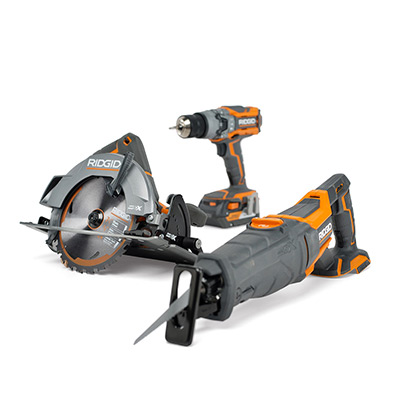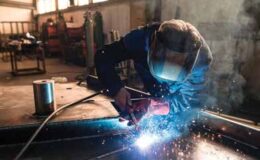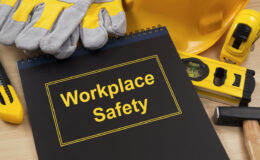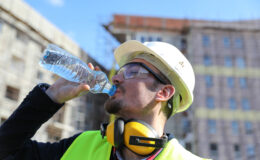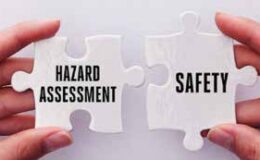By Travis Halsted, Loss Control Consultant
While visiting any of our valued policyholders, I am witness to some incredible machinery that complete even more amazing processes. While so much attention is paid to the machinery and the guarding that is required, there are tools that are often overlooked. Within each work area there is often a work bench that is filled with screwdrivers, clamps, pliers, files, and wrenches. In other facilities, a maintenance area may hold axes, hammers, mauls, circular saws, powder actuated tools and pneumatic grinders. With each of these tools there are rules regarding maintenance and testing.
Since 2010 MTMIC has paid out over $760,000 in injuries from hand tools and over $1.3 million in injuries from power tools. These injuries include, but are not limited to; lacerations, strains, amputations, foreign bodies, punctures, fractures, contusions and dislocations. The injuries have taken place from many preventable hazards on the power and hand tools. Rule 3822 (1) of the MIOSHA standard Part 38 states that a tool should be inspected visually by the employee using the tool for safe operation before daily use, and when found defective, it shall be removed from service. A proper inspection of tools before use could not only reduce the likelihood of employee injuries, but could also mitigate any fines from a MIOSHA citation. In the next few sections, I will cover some of the rules regarding the items that I most often see.
Screwdrivers A screwdriver with 1 of the following defects shall not be used:
- Split, cracked or broken handle.
- Loose shank in handle.
- Worn blade.
- Bent Shank of a straight screwdriver.
Files and Rasps A file or rasp with a tang shall be equipped with a handle fitted and secured to the tang, when in use.
Axes, Hatchets, Hammers, Mauls and Punches An axe, hatchet, hammer or maul handle shall be replaced when it becomes cracked, broken or splintered. A wood handle shall be secured with wedges or equivalent means. Furthermore, hand tools equipped with a metal striking end shall not be used when the striking end becomes mushroomed (overrun of the shank or head of a tool). The striking end shall be ground to a crowned radius and or beveled edge.
Wrenches A wrench with spread, distorted or cracked jaws shall not be used. Furthermore, a wrench, except a wrench designed for that purpose, shall not be subjected to hammering.
Knives and Sharp Tools A fixed blade knife shall be carried in a sheath, in a tray or other equivalent protective means, while a folding knife which cannot be locked in place shall not be used in a manner where the blade could fold on the fingers.A sharp or pointed tool, such as, but not limited to, chisels, drill bits, and awls, shall be carried in 1 of the following ways:
- With the edges or points protected.
- In a tool tray.
- In a cart.
- In a sheath.
- In the hand with the sharp edges turned away from the body.
Circular Saw A portable, power driven circular saw with a blade more than 2 inches in diameter shall have guards above and below the base plate or shoe. The upper guard shall cover the saw to the depth of the teeth, except for the minimum arc required to permit the base to be tilted for bevel cuts. The lower guard shall cover the saw to the depth of the teeth, except for the minimum arc required to allow proper retraction and contact with the work. When the tool is withdrawn from the work, the lower guard shall return to the covering position automatically and instantly. Furthermore, the guard shall not be tied back or removed except for servicing. Finally, a cracked circular saw blade shall be removed from service.
C-Clamps A C-Clamp with 1 of the following defects shall not be used;
- Missing pad at the end of the adjusting screw
- Bent tension bar or handle
- Bent adjusting screw
- Bent/cracked frame/body
Power Cords for Power Tools To reduce electrical hazards, the protective sheath that covers the wiring should thoroughly encase the wiring at both ends and maintain the enclosure throughout the length of the power cord. Electrical tape and shrink wrap are not approved repairs to the cords.
Rakes and Hoes To prevent possible employee injuries tools should be stored in a manner that does not cause a hazard. Rakes and hoes should be stored so that the end of the tool (prongs, forks, blade, etc.) is not placed in a position that could cause the tool to strike the employee if the tool end was stepped on.
Powder Actuated Tools The training of an employee to use a powder-actuated tool shall, at a minimum, include the following items:
- Cleaning.
- Inspection.
- Operation.
- Use limitations.
- Power levels.
- Misfire procedure.
Before approving an employee as an operator of a powder-actuated tool, the employer shall have the employee demonstrate competence by actually operating the powder-actuated tool in a safe manner.
As you can see from the above mentioned items, even small hand tools have safety concerns, as well as specific rules that MIOSHA is looking into. I hope that I was able to bring some different items to your attention that may have been being overlooked. There are a great deal of other types of hand and power tools to be considered when doing an evaluation of your facility, so if you have any questions about these tools or any other hand or power tools, please do not hesitate to contact your Loss Control Consultant.

